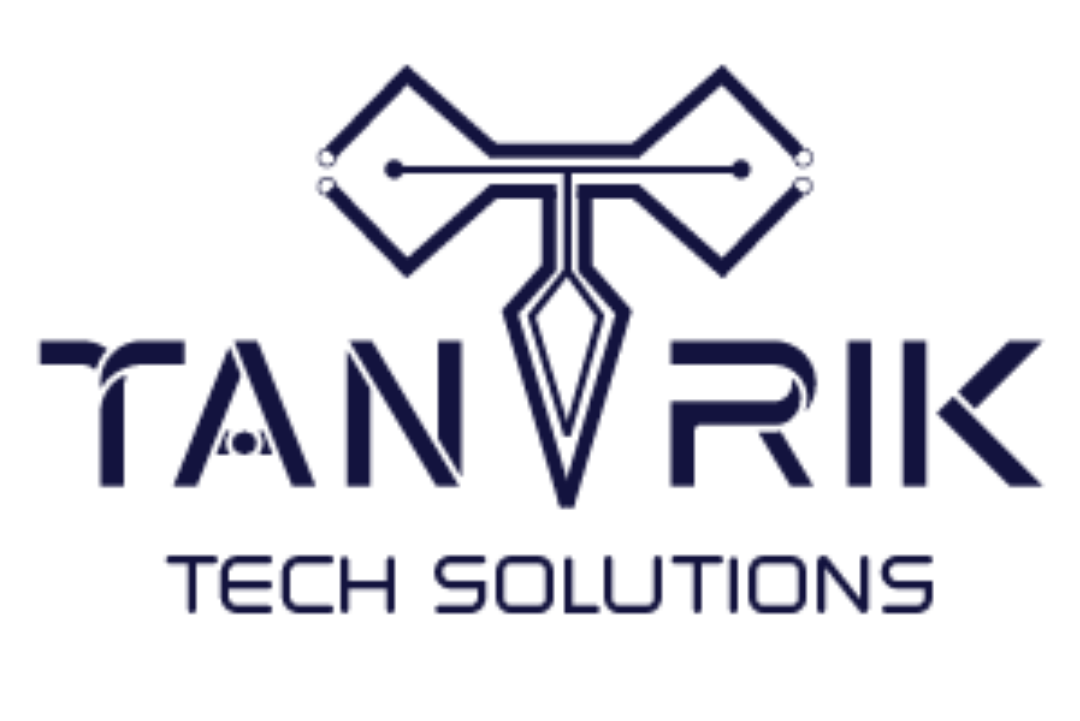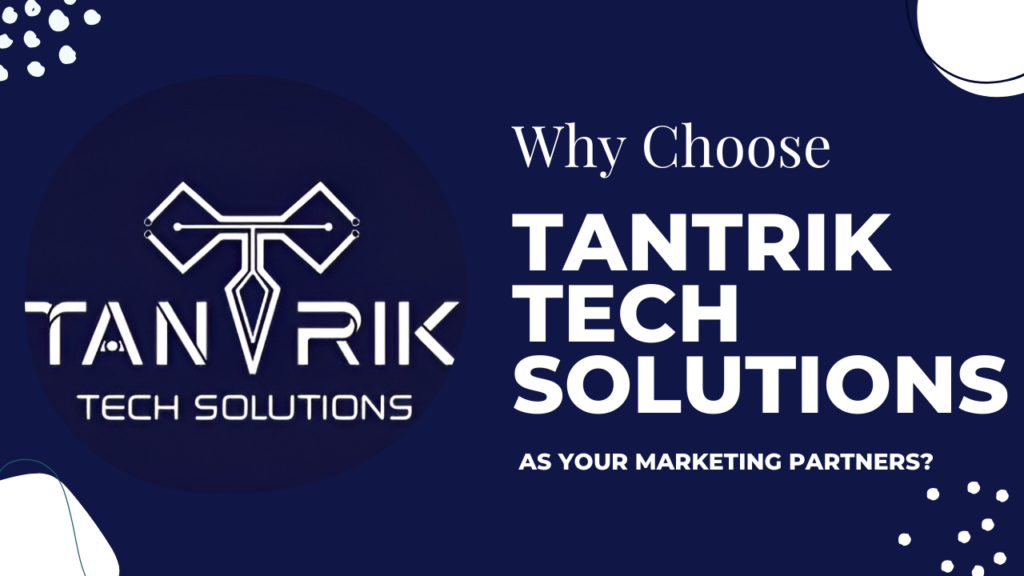Introduction to Engaging Video Content
In today’s digital landscape, video content reigns supreme. With an explosion of online platforms like YouTube, Instagram, and TikTok, creating videos that captivate and engage audiences is crucial for any professional videographer. Engaging video content goes beyond just visual appeal—it keeps viewers watching, interacting, and sharing.
Crafting such videos can help build your brand, increase audience retention, and drive action. Whether you’re making educational tutorials, cinematic documentaries, or social media clips, following key strategies to keep viewers hooked will determine your success. Let’s dive into the essential tips every professional videographer should know for creating engaging content.
Understanding Your Audience
Before you hit record, take a moment to define your target audience. Knowing who you’re speaking to allows you to tailor your content to their interests, needs, and habits. Conducting research on your audience’s:
- Demographics: Age, gender, occupation, and geographic location can influence content preferences.
- Preferences: Do they prefer in-depth tutorials or quick, bite-sized tips? Entertainment or education? Understanding these preferences can help you shape your content.
Once you grasp who your viewers are, you can create content that resonates with them, making it more likely that they’ll engage with and share your video.
Crafting a Strong Concept
A well-developed concept is the backbone of any engaging video. Start by brainstorming ideas that align with both your creative vision and your audience’s interests. Think about the message you want to deliver and how it will resonate with viewers.
- Outline your video’s purpose: Is it meant to entertain, inform, or inspire?
- Think creatively: How can you present this concept uniquely?
- Consistency with brand and tone: If you’re creating videos for a brand, make sure the content aligns with its tone and style.
Good pre-production planning not only saves time but ensures your video maintains a clear focus and direction.
Scripting for Engagement
A well-structured script is key to keeping viewers engaged from the first second to the last. Use your script to build a compelling narrative, and be sure to include a strong hook at the beginning—something that grabs attention right away, such as an intriguing question, a bold statement, or an unexpected fact.
- Clear and concise messaging: Avoid rambling and stick to key points that maintain clarity.
- Break content into sections: Dividing your video into easily digestible segments can help hold attention.
- Add a call to action: Whether it’s subscribing, commenting, or clicking a link, prompt your audience to interact with the video.
The Importance of Visual Storytelling
At its core, videography is about telling stories. Engaging video content relies heavily on visual storytelling—the ability to convey a message or evoke emotion purely through the visuals on screen. To create compelling narratives, focus on:
- Story arcs: Structure your video like a story with a beginning, middle, and end to give viewers a sense of progression.
- Character-driven stories: Introduce a person or subject viewers can connect with emotionally.
- Strong visuals: Use dynamic scenes, engaging backdrops, and relevant objects to support the story.
Using Camera Angles and Framing for Engagement
The way you frame your shots and choose your camera angles plays a major role in how viewers experience your content.
- Close-ups: These shots help create intimacy and focus on specific details, making the viewer feel closer to the subject.
- Wide shots: Establish context or showcase the environment.
- Dynamic angles: Try low angles, high angles, and unconventional perspectives to add visual interest and excitement.
Using techniques like the rule of thirds can create balanced compositions that naturally draw the viewer’s eye to important elements of your scene.
Enhancing Videos with Lighting Techniques
Lighting can make or break the quality of your video. To create engaging content, ensure that your lighting enhances the mood and clarity of your visuals.
- Natural light: Ideal for a soft, flattering look in outdoor scenes or when shooting near windows.
- 3-point lighting setup: A staple of professional video, this involves a key light (main source), fill light (to soften shadows), and backlight (to separate the subject from the background).
For dramatic storytelling, experiment with low-key lighting to create shadows or high-key lighting for a clean, bright look.
Mastering Sound for Video Engagement
Sound quality is just as important as the visuals in keeping viewers engaged. Clear dialogue and immersive soundscapes help keep your audience focused on the content. Here’s how to perfect your sound:
- Invest in good microphones: Clear, crisp sound is non-negotiable in professional videography.
- Background music: Add royalty-free music to create mood and maintain viewer interest, but ensure it complements the content without overpowering it.
- Sound effects: Use subtle sound effects to enhance realism or emotion in certain scenes.
Editing for Maximum Impact
Editing is where your video truly comes to life. Effective editing helps maintain pacing, improve flow, and highlight key moments. When editing for engagement, focus on:
- Pacing: Keep the video flowing at a consistent, energetic pace, especially when editing action or fast-moving content.
- Transitions and effects: Use seamless transitions to avoid jarring cuts
Conclusion: Elevate Your Video Content Through Engagement
Creating engaging video content is both an art and a science. By understanding your audience, crafting a compelling concept, and focusing on strong visual storytelling, you can capture and hold your viewers’ attention. Mastering the technical aspects, such as lighting, sound, and editing, ensures that your content not only looks professional but also resonates emotionally with your audience.
Remember, great videos don’t happen by accident. They require planning, creativity, and the willingness to experiment with new techniques. Keep refining your craft, stay adaptable to trends, and always focus on creating value for your viewers. With these strategies in your toolkit, you’ll be well on your way to producing captivating video content that stands out in today’s crowded digital landscape.




